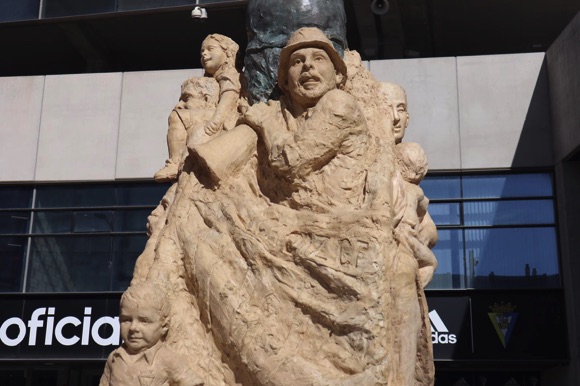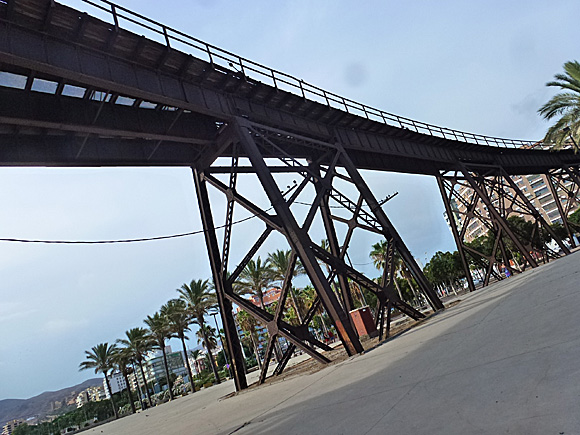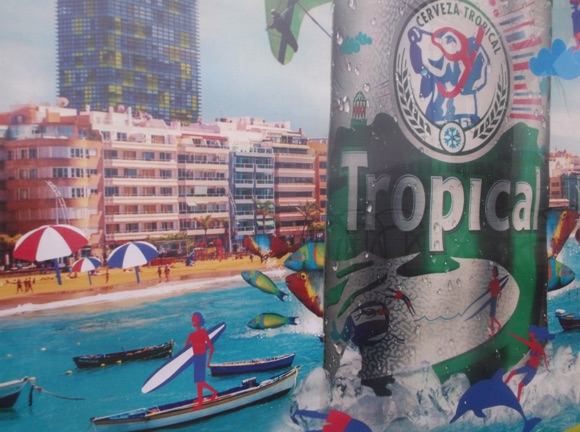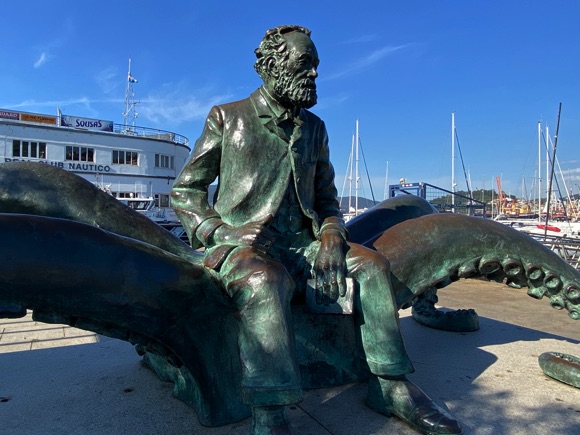Teams, tales and tips – a guide to the local game
Until 2020, beach-lined Cádiz had only hosted Primera fixtures for a dozen campaigns, all but one of them around the 1980s. Cádiz Club de Fútbol have never finished in the top half of Spain’s top table. Yet this bustling, historic port is a hotbed of football culture as fiery as almost any in Spain, where the main stadium was completely rebuilt because of the magic of one player in particular.
The man who lit up its terraces was Mágico González, the George Best of El Salvador, whose mercurial skills helped Cádiz CF maintain that decade-long run with Spain’s best. Even when the Yellow Submarine – the nickname gained long before Villarreal made it famous – sank down the divisions, the City of Cádiz rallied around the club and the stadium was once more rebuilt. An emotional promotion in 2020 was just reward.
In 2021, Mágico González was one of several names considered for the stadium after a new law ruled out the use of the original one, the Ramón de Carranza, honouring a Francoist city mayor. The one chosen, Nuevo Mirandilla, echoes the earliest days of football in Cádiz.


Almost completely surrounded by water, this port city that twice waved farewell to an America-bound Columbus developed apart from the rest of Andalusia. Its famous carnival is based on Genoese traditions, heavy on humour rather than religious symbolism, and its football lacked the foreign influence of nearby Huelva or Seville where teams were organised relatively early on.
It’s thought that the first leather ball arrived here by way of a bicycle workshop on Plaza Argüelles near the northern tip of the peninsula. It’s assumed that it must have come by way of British residents in Gibraltar. The first players had ties with the Mirandilla school, the popular name for the Colegio San Miguel Arcángel that overlooked the sea from its vantage point or ‘mirandilla’.
An association, Cádiz Foot-Ball Club, was formed in 1904 without being legally registered. It wasn’t until September 10, 1910, that the name entered the local records and, indeed, the history books as the recognised foundation date for today’s Cádiz Club de Fútbol.


They were based beside the Mirandilla school, as was a team called Mirandilla FC, founded that same year. There was probably a lot of crossover between the two, although it was the college team that wore the colours of yellow and blue. Both played regular friendlies, often against each other, while the mighty Español FC, founded by well-to-do members of the local shooting club in 1911, gained traction.
Playing at the first proper football pitch in town, the Campo de las Balas, the moneyed Blue-and-Reds beat the previously dominant Recreativo de Huelva in the regional Copa Centenario in 1913. They repeated the feat against Betis of Seville in 1915, then against Sevilla a year later. With all three of Andalusia’s main clubs defeated in cup tournaments, Español join the inaugural regional league in 1918-19, with its stricter restrictions such as a fenced-off grounds and ticket sales.
Unable to compete with the Seville giants after losing the support of the shooting club, Español faded into the background. Cádiz FC and Mirandilla, meanwhile, lacked a home pitch until Mirandilla arranged to move into the Campo del Velódromo.
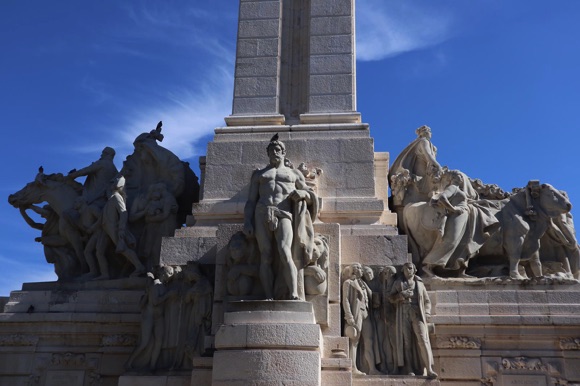
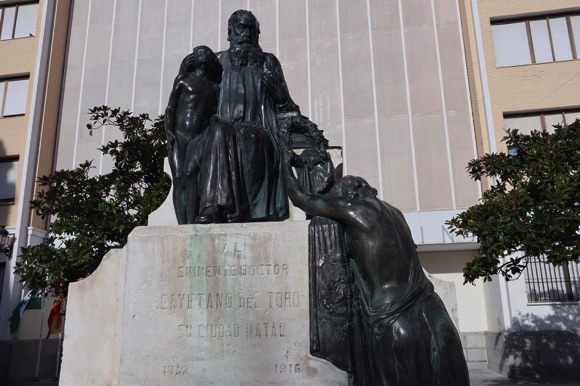
This persuaded Cádiz FC to merge with Mirandilla and start to play official matches, only for local passions to boil over and mar a game with Algeciras. It was then that another Mirandilla FC emerged, who moved into a new stadium beside the bullring. The Campo de Deportes Mirandilla witnessed one season in the regionalised Segunda, 1935-36. That summer, a campaign in the local press led the club to revert to Cádiz FC.
It was under this name that a city XI played a team of Nazi U-Boat sailors who had arrived to a heroes’ welcome in the port of Cádiz. The exhibition match took place at the Mirandilla in 1939, ‘the year of victory’ according to a poster for the event on display in the Peña Los Equipos supporters’ bar in Puerto Real, the port facing the historic centre of Cádiz.
As the city had fallen almost immediately to the Nationalists at the start of the Spanish Civil War, football had continued to be played in Cádiz throughout the conflict when it would have been unthinkable elsewhere in Spain.


At the outbreak, Ramón de Carranza had flown back to Cádiz to reclaim his position as city mayor. Although he died before both sets of players were raising the Nazi salute at the Mirandilla, it was his son, José León, mayor from 1948 to 1969, who later dedicated the new stadium and a prominent avenue after his father.
Shortly before de Carranza junior assumed office, a huge explosion of the ammunition dump at the navy base damaged many buildings around it, including the old Mirandilla ground. Cádiz continued to fulfil fixtures in the third-tier Tercera amid the ruined venue as a new stadium was planned near the beach on the southern tip of town.
The opening of the Estadio Ramón de Carranza coincided with the team’s recent promotion to the Segunda in 1955. The great Barcelona side accepted the invitation to play the curtain-raising fixture, before the inaugural staging of the prestigious pre-season Ramón de Carranza Trophy, for which the stars of Real Madrid, Benfica, Barcelona and South America would compete every August. For the 66th event in 2021, Cádiz beat Atlético Madrid to claim their ninth win.


Though Cádiz remained in the second flight, the tournament would raise the city’s football profile and bring in valuable revenue. Overlooked for the 1982 World Cup, the stadium welcomed one of its unsung stars later that summer: Mágico González. Lauded by Maradona, the laid-back Salvadoran was perfectly suited to the bohemian lifestyle of Cádiz, refusing offers to join glamorous clubs and regretting his ill-advised transfer to Valladolid.
After a few games, he was back at the beach and the stadium alongside it, now redeveloped and expanded to a capacity of 23,000. For a decade, with Mágico’s magic, Cádiz floated above the relegation zone in the Primera, Spain playing the occasional friendly at the Ramón de Carranza.
Reconstructed once more through the early 2000s, the now 20,700-capacity all-seater would have been packed for the club’s run to automatic promotion from the Segunda during the pandemic spring and summer of 2020.
Also empty during the first La Liga campaign since 2005, the renamed Nueva Mirandilla accommodated a near 20,000 crowd for the visit of champions Real Madrid in May 2022, a heart-stopping draw that helped keep Cádiz safe for another season. Nineteen sets of fans were also guaranteed a potential visit to one of Spain’s most unique and lively cities.
Getting Around
Arriving in town, local transport and timings
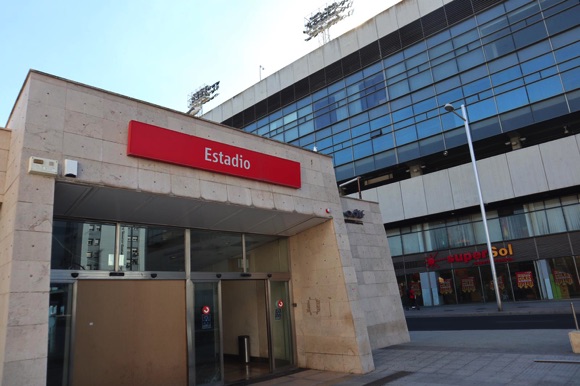

Jerez Airport is 45km (28 miles) north-east of Cádiz, directly linked by C-1 cercanía local train three times a day (1hr journey time, €4) that also calls at the stadium stop of Estadio. Some trains to/from Seville also serve the airport and Cádiz, but not the stadium. Based near the stadium, Radio Taxi Cádiz (+34 965 212 121) should charge around €55.
The new Trambahía tram/train line cuts through the city every 30mins. Cádiz station is towards the northern end of town, on the edge of the historic centre, Estadio is three stops away. Both are in zone 1, €1.80 single, €12.10 for a bonotren of ten, available from machines at stops.
Where to Drink
The best pubs and bars for football fans
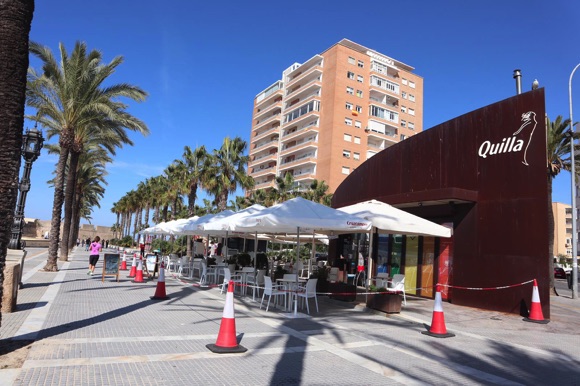

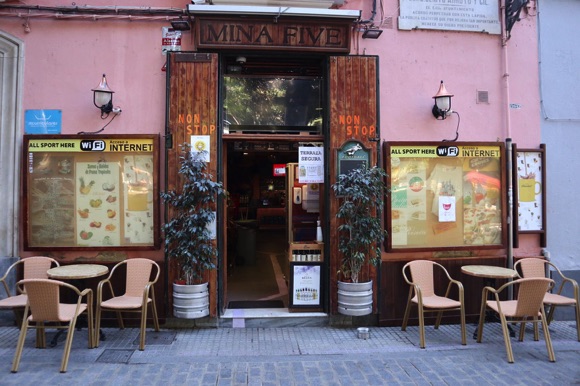



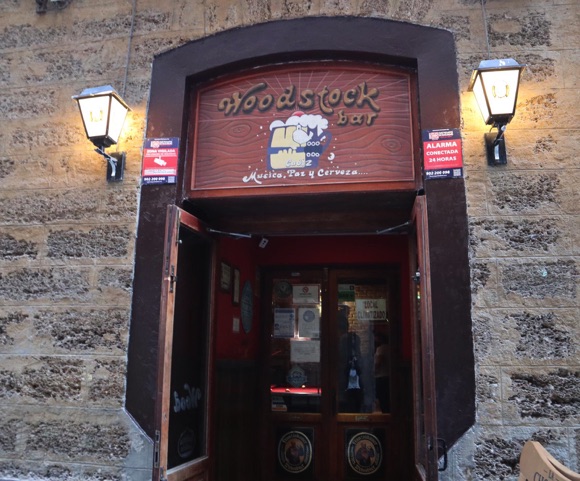


Pubs and bars are dotted around Plaza San Francisco in the historic centre, starting with O’Connell’s offering TV sports and a terrace. A few houses along, the Rollin’RockPub is filled with images of music legends, with just enough space for TV sports, a tap of Estrella Galicia and a fridge full of BrewDog, Redneck and other brews.
Nearby on C/Sagasta, the Woodstock bar also specialises in rarer beers and shows TV football while students do battle over the floodlit (!) futbolín. Mina Five at Plaza de Mina 5 is more eatery than bar but broadcasts games inside and outside fills an atmospheric little square with lively chatter.
Overlooking the sea by Santa Catalina Castle, elegant Quilla provides fine wines, refined snacks and an unbeatable ocean view from its spacious terrace.
Where to stay
The best hotels for the stadium and city centre



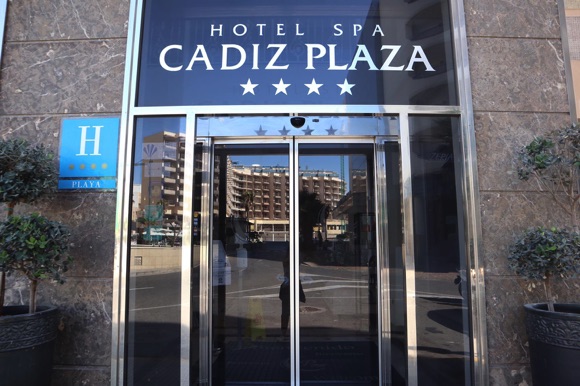

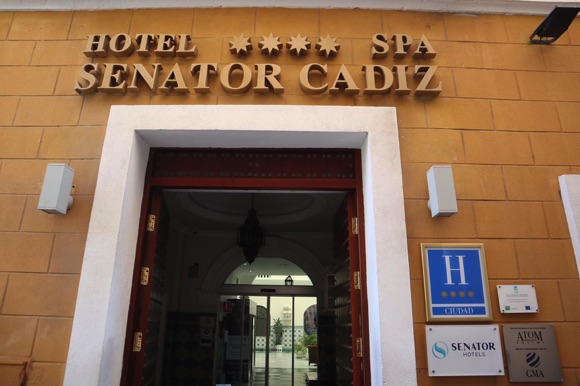
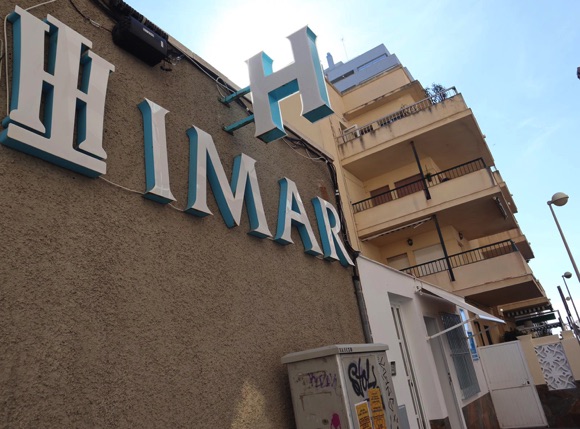
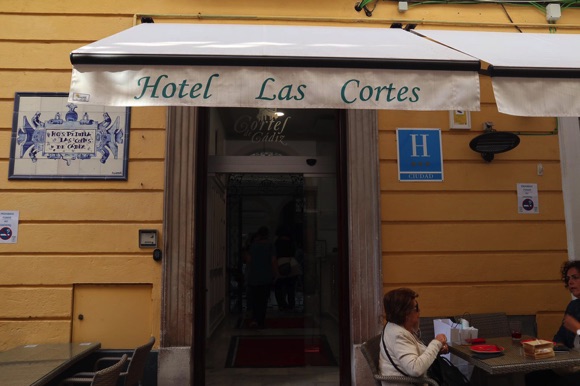

Cádiz Turismo has no accommodation information. Between the stadium and the beach five minutes away, the Hospedería Imar comprises smart rooms and sunloungers in a pretty garden. Guests can use the gym and spa next door. Alongside, the four-star Hotel Spa Cádiz Plaza is a notch above. Both lodgings have sea views.
On the street of the same name in the historic centre, the mid-range Hotel Argantonio fills an 18th-century house with bright, comfortable rooms. Alongside, on C/San Francisco, the upper mid-range Hotel Las Cortes, topped by a chill-out cocktail bar with stunning views of Cádiz, has elegant rooms themed after historic personalities. Nearby on C/Rubio y Díaz, the Senator Cádiz Spa Hotel contains a spa complex second-to-none.

